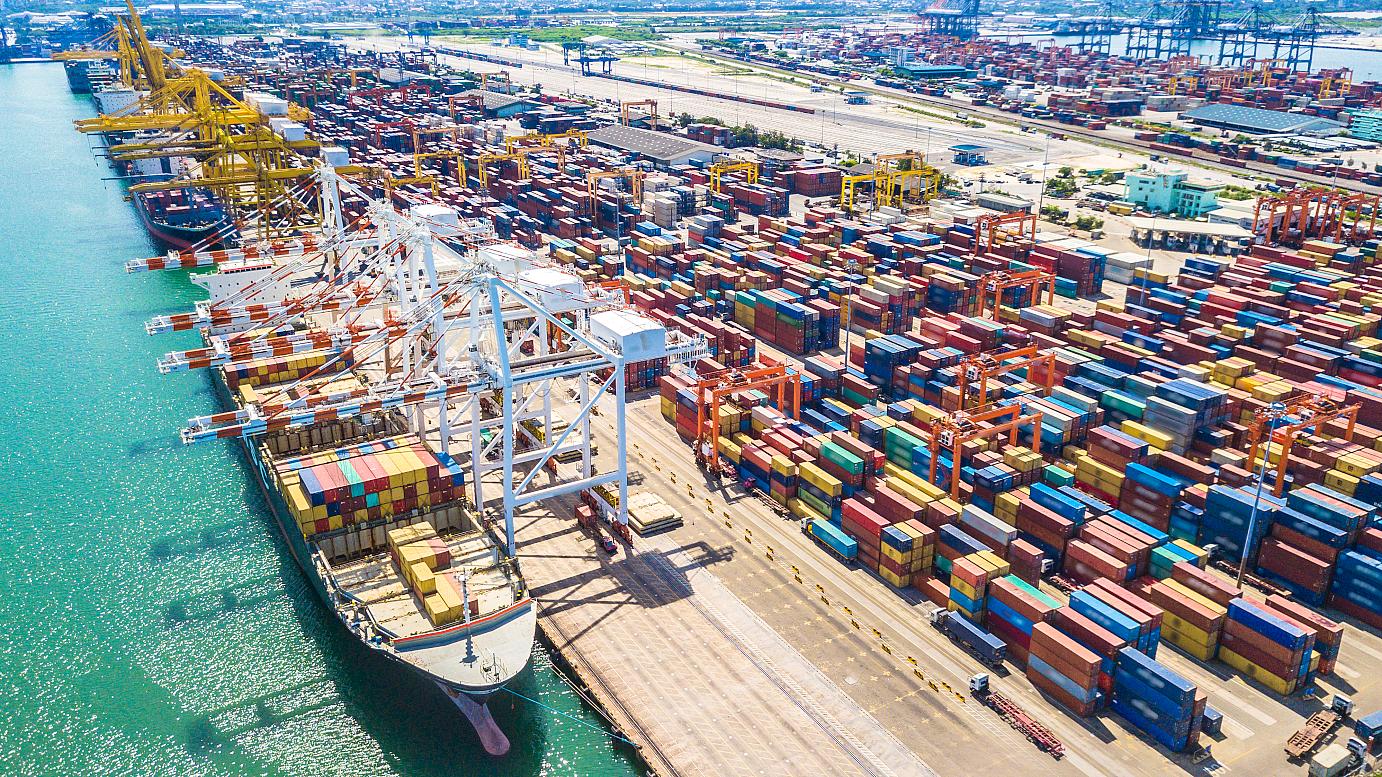Market and business update - May 2022
The shipping and ship supply industries are still characterized by uncertain market conditions and volatility. The head winds of COVID 19, containers piling up in Shanghai port under lockdown restrictions, and the Russian invasion of Ukraine have a radical inflationary impact on commodity prices and general market conditions. Especially, the war in Ukraine has caused major supply disruptions and led to historically high prices for a number of commodities.
This market and business update intends to give you an overview of expected price increases within the most important commodities, freight rates, supply chain challenges, and the additional effects of labor shortages, increased lead times and delays in major ports.
Supply chain challenges – but slightly improved transit times
The shipping industry still suffers from considerable wait times, congestion and delays for ships headed into the main ports across the world, and the transit times are still significantly high compared to 2021.
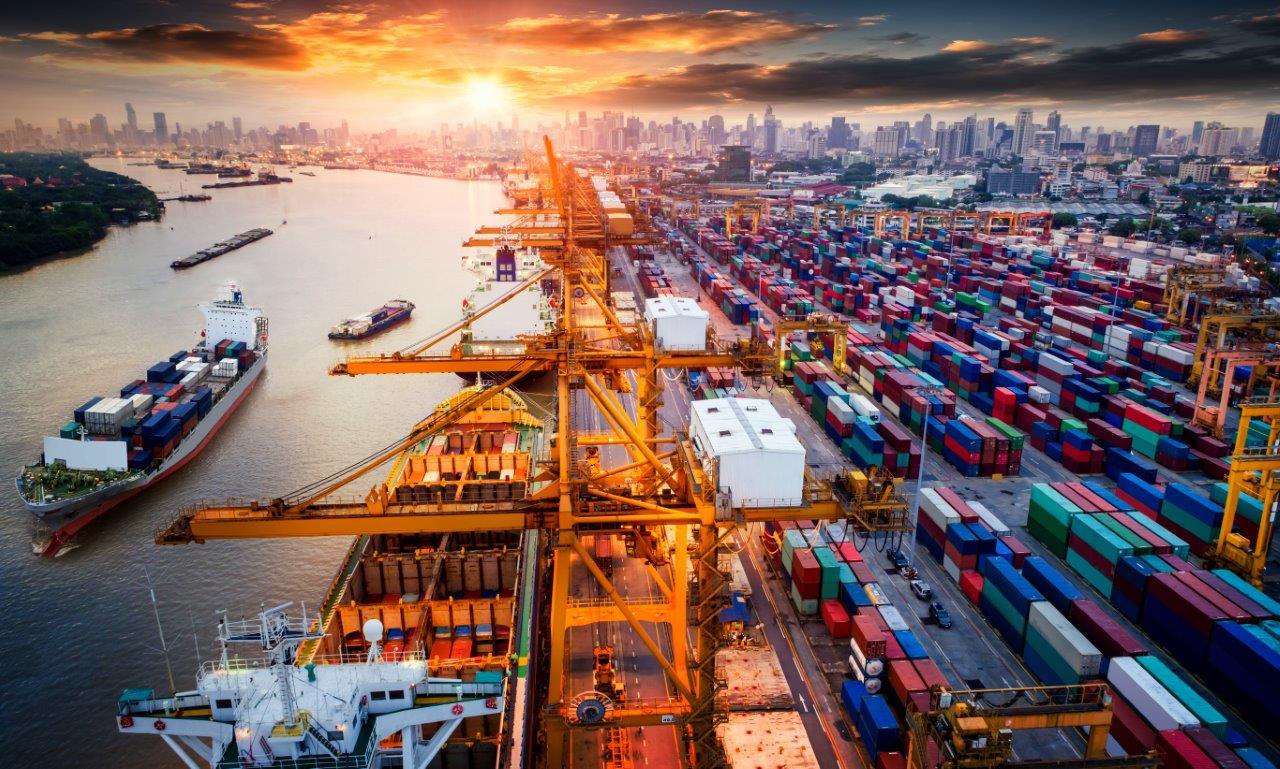
However, according to the recent report by Flexport Research, the ocean timeliness for both eastbound and westbound trade lanes (FEWB and TPEB) saw reduced transit times. TPEB fell to 103 days, the lowest since November 2021, and FEWB dropped to 105 days, breaking to levels last seen at the end of October 2021.
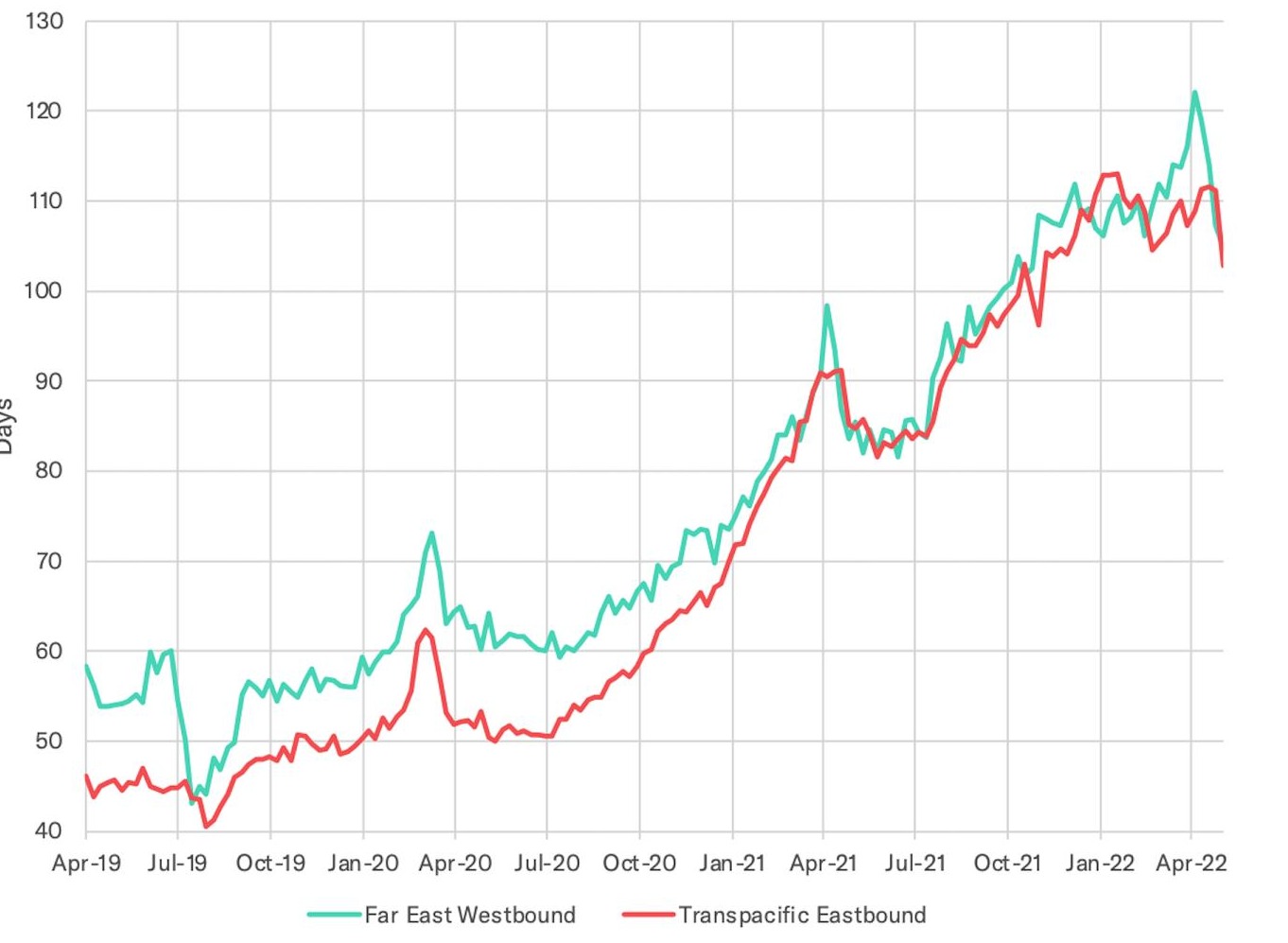 The Flexport Ocean Timeliness Indicator (OTI)
The Flexport Ocean Timeliness Indicator (OTI)
Transpacific Eastbound (TPEB)
Far East Westbound (FEWB)
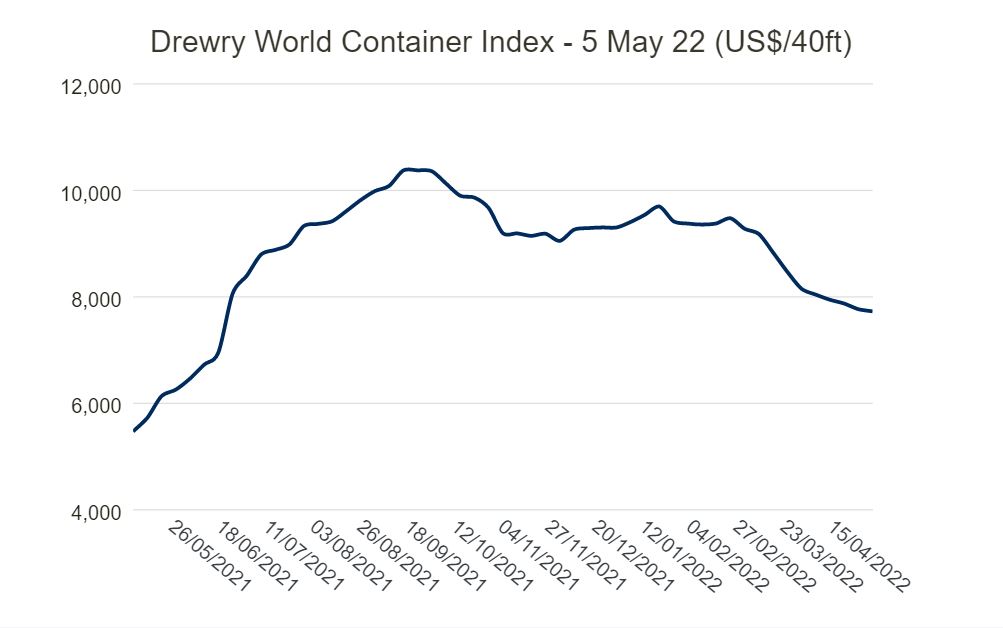 High freight rates decreased by 0.5% this week
High freight rates decreased by 0.5% this week
Freight rates are likely to remain elevated through 2022 due to rising fuel prices and congestion in supply chain. However, according to the Drewry World Container Index, the container price index decreased slightly at the beginning of Q2 and by 0.5% per 40ft container this week.
Historically high oil prices continue
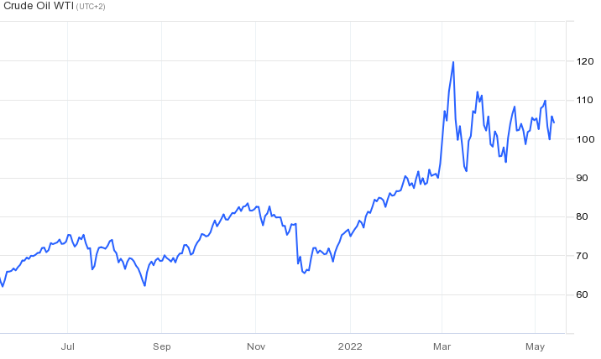 The crude oil prices driven by Russia’s invasion of Ukraine, sanctions on Russia and tight market conditions keep historic heights. High energy prices are passed over to industries and consumers, and thus contribute to increased cost of virtually all commodities further fueling inflation expectations. The price increase in crude oil is reflected in the table by Trading Economic Index.
The crude oil prices driven by Russia’s invasion of Ukraine, sanctions on Russia and tight market conditions keep historic heights. High energy prices are passed over to industries and consumers, and thus contribute to increased cost of virtually all commodities further fueling inflation expectations. The price increase in crude oil is reflected in the table by Trading Economic Index.
Inflationary impact on commodity prices
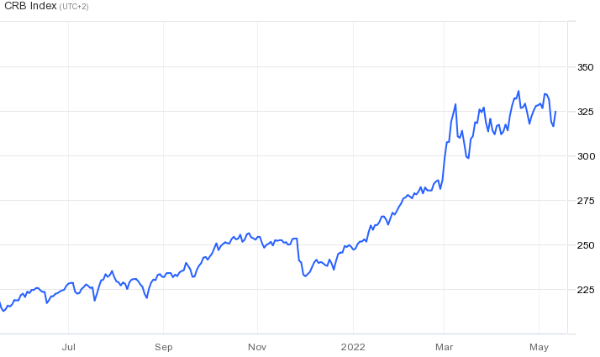 According to the CRB Index, the commodity prices are still on the rise, elevating also the price level of provisions and stores. At the beginning of Q1, the CRB commodity index stood at 298.85 index points. On the ninth of May the index was at 318.85 index points. Since the beginning of 2022, the CRB Index increased by 71.83 points or 29.08%
According to the CRB Index, the commodity prices are still on the rise, elevating also the price level of provisions and stores. At the beginning of Q1, the CRB commodity index stood at 298.85 index points. On the ninth of May the index was at 318.85 index points. Since the beginning of 2022, the CRB Index increased by 71.83 points or 29.08%
Provisions
On short term, we do not foresee any major shortages on provisions as our existing contracts are still honored by our suppliers, giving high priority to large customers. However, this situation might change any time due to volatility, forcing us to substitute certain products with comparable products.
In 2022, food prices are predicted to increase between 5-6%. FAO Food Price Index retreated slightly in April from the all-time high registered in March 2022. Food prices increased 58.5% compared to the average food price index 2014-2016, down 0.8% compared to March 2022.
Due to the inflationary effects and predicted food price increases, we expect certain price
increases within the provision categories on short term. The list is not exhaustive. We will of course try to limit the price increases, but you should expect extraordinary price increases for some of the following products
On short term, we do not foresee any shortages on technical consumables and stores. However, this situation might change any time due to volatility. Our access to a few selected items has been cut off due to a disrupted supply chain under lockdown in parts of China.
The significant rise in oil and gas prices is feeding through into higher inflation, effecting raw materials, transport costs, energy costs and production costs. Due to the inflationary effects, we expect the prices of the following stores categories to increase on short term. The list is not exhaustive.
We will of course try to limit the price increases, but you should expect extraordinary price increases for the following products.
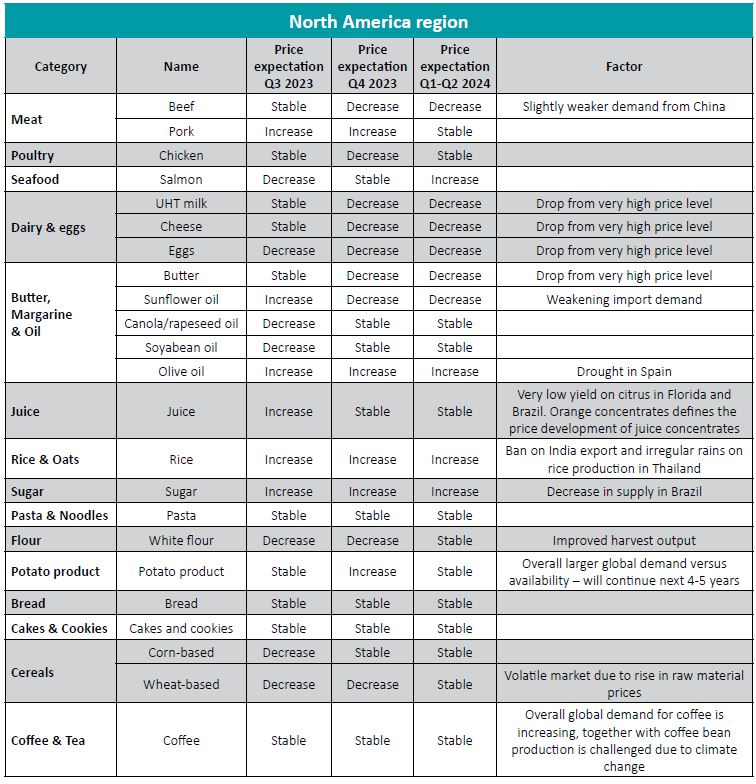
Inflationary and other macro impacts on major ports
| North America overall |
|
| Seattle |
|
| Long Beach / West Coast |
|
| East Coast |
|
| US Gulf |
|
| Canada |
|
| Panama |
|
| Rotterdam |
|
| Algeciras and other Spanish ports |
|
| Singapore |
|
| Dubai |
|
| Shanghai |
|
| Aalborg |
|
